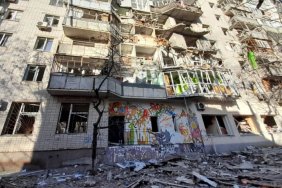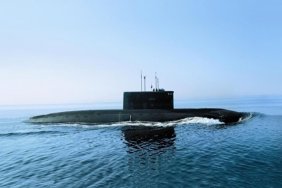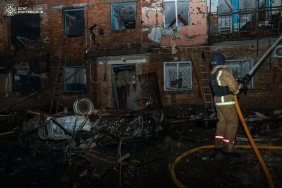DTEK Executive Director Dmytro Sakharuk at the event of the NV European Way of Ukraine. He spoke about the catastrophic consequences of the Russian shelling on March 22 for two TPPs.
"If we talk about March 22, unfortunately, two stations, the largest stations, received the largest damage over the entire war. Moreover, unlike in previous periods, last winter, the accuracy of the missiles is impressive: the range is one meter. If earlier it was 100 meters, 200, 300 meters, now it just comes meter for meter," said Sakharuk.
"The field there is clean - no roofs, no equipment, scorched earth, as they say. We have lost 50% of the available capacity, which is one gigawatt, and these are essentially maneuverable units that cover peak and half-peak loads. And the worst situation is that two-thirds of the restored units that we restored last winter were destroyed. We restored 10 units and two thirds were destroyed. If we used to talk about damage before, now we use the word destruction. And this is not an exaggeration, because some of our blocks are completely destroyed, and the level of damage is 50% plus. Not 20-30% - 50% plus," Sakharuk said.
He added that the most important equipment was damaged, which takes years to repair, not days or weeks.
"Last winter, we restored 10 units for $110 million. Now we have quickly calculated that we still need to dismantle the rubble, and it is already $200 million for the equipment that is obviously beyond repair," said DTEK's executive director.






